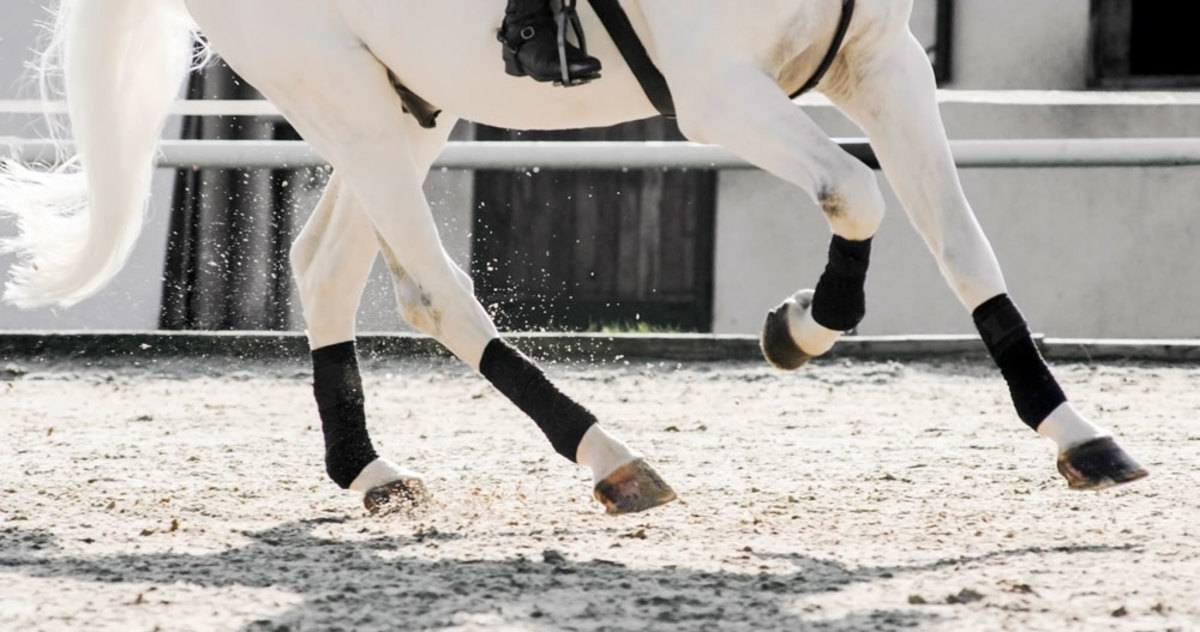
The seeds of the biota orientalis plant are used to produce an EpiitalisR extract, which is a highly bioavailable fatty acid. As presented at the 2020 AAEP Virtual Convention by Katie Seabaugh, DVM, DACVS, DACVSMR, researchers looked at the use of oral EpiitalisR as a disease- and symptom-modifying nutraceutical to manage inflammatory effects of joint osteoarthritis.
The study divided 16 healthy 2-5-year-old horses into two groups. One group of eight received 2.5 ml liquid gel suspension containing 2.2 ml of active biota orientalis extract plus 0.3 ml of excipients (a vehicle for administering the “compound”). The control group of eight horses received 2.5 ml of liquid gel suspension of excipients only.
Baseline radiographs and lameness exams with both subjective evaluation and objective inertial sensors were obtained on Day 0 when OA was induced under general anesthesia. Treatment began following surgery to induce osteoarthritis by creating a fragment in the distal radial carpal bone. On Day seven, the horses were anesthetized for a carpal MRI. On Day 14, radiographs and synovial fluid were obtained, a lameness exam done both subjectively and with objective inertial sensors, and exercise protocols initiated. The horses were put on a treadmill for six minutes a day, five days a week, for eight weeks with 2 minutes of trot, then 2 minutes of gallop, then two minutes of trot.
Synovial fluid was evaluated weekly from Days 21-56, along with a lameness exam. At the endpoint of the study, a lameness exam, radiographs, MRI and synovial fluid analysis were obtained, then the horses were euthanized for gross inspection of the joint and histopathology of the middle carpal joints.
The results did not identify any significant differences in lameness parameters such as lameness or joint effusion grading, range-of-motion, or flexion responses, nor were there changes of the MRI findings or macroscopic grades. However, what did result was a significant decrease in the concentration of prostaglandin E2 i(PG E-2) n the synovial fluid of EpiitalisR -treated horses as well as significant reduction of changes in the radiographs of the treated horses.
PG E-2 is a pro-inflammatory mediator and marker of OA, so the reduction in prostaglandin E-2 levels suggests a profound anti-inflammatory effect, reported Seabaugh. Radiographs are known to lag behind other clinical signs of OA, and those changes are often subtle and of low sensitivity for evidence of disease modification. Significant radiographic improvements in this study following treatment with EpiitalisR gives strong support to EpiitalisR extract having a disease-modifying effect.








